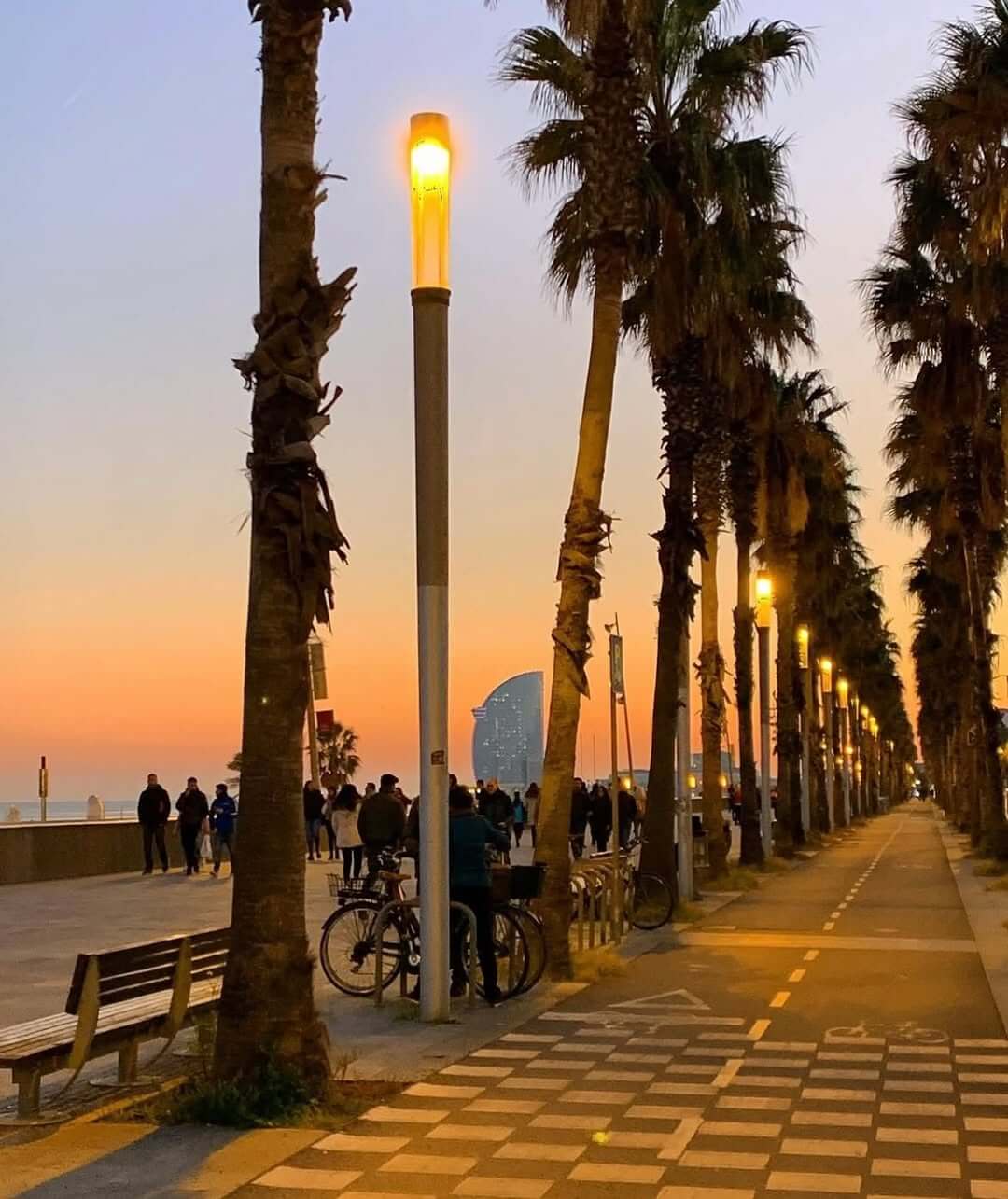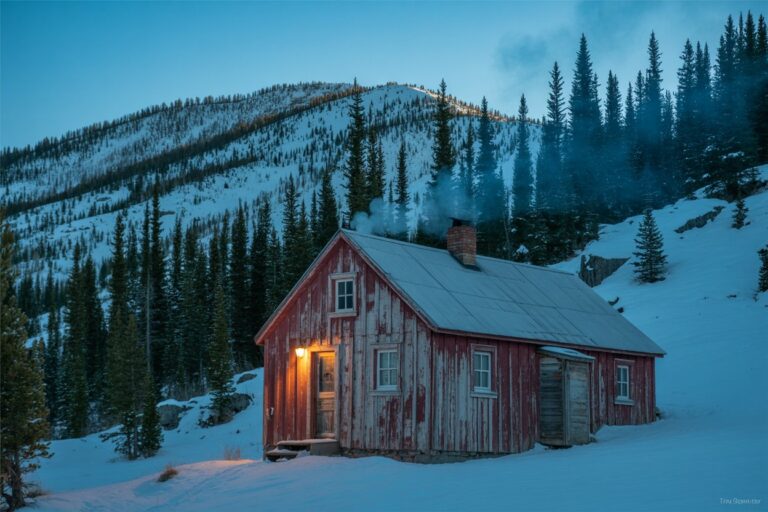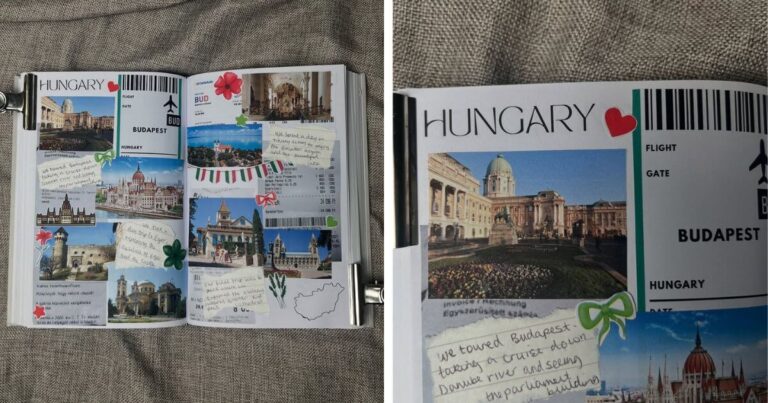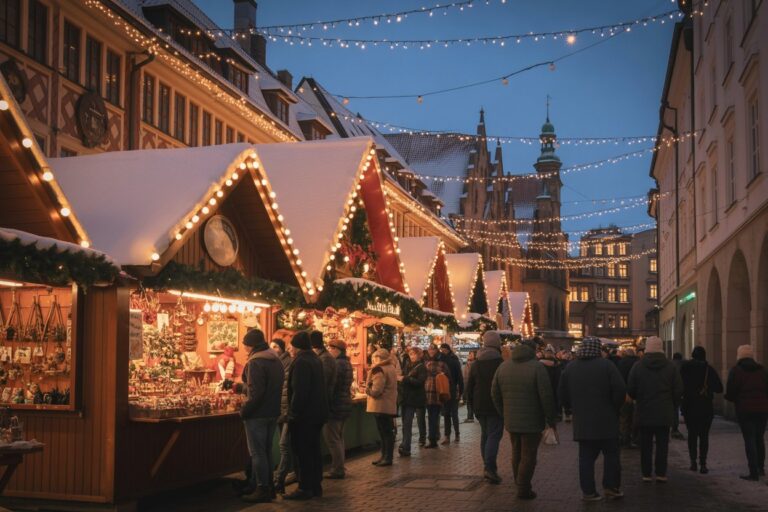How I Spent 3 Days in Barcelona — And Why I’d Do It Differently Next Time
The moment I landed in Barcelona, the air smelled like sea breeze and espresso.
My phone buzzed with pins—three days, perfectly mapped. Every sight, cafe, and viewpoint had its place. I thought I’d cracked the code for short trips.
But Barcelona doesn’t run on schedules; it moves to its own rhythm. Plans bend, mornings stretch longer, and magic hides in unplanned corners.
If you’re building your Barcelona itinerary and want it to feel less like a checklist and more like a memory, here’s how I spent my three days—what actually worked, what didn’t, and what I’d change next time to make it even better.
Day One — The Classics Deserve Their Moment (Enhanced)

I started with the big names: La Sagrada Família, the Gothic Quarter, and a slow walk down Las Ramblas. They’re popular for a reason—but timing matters.
The official Tourism of Barcelona site suggests arriving at Sagrada early, and that tip saved me. The light through the stained glass was pure color therapy—quiet, soft, and unforgettable.
Inside, the Sagrada Família’s guidelines reminded me that respect is part of the experience. Covered shoulders, longer hemlines, nothing see-through. Small effort, big reward.
Later, I wandered the Gothic Quarter, where every turn smelled like espresso and history. Street musicians played softly between tall stone walls, and balconies overflowed with flowers.
It’s a maze that teaches patience and wonder at the same time.
Try this: instead of hurrying from one landmark to another, pick one café and sit for fifteen minutes. You’ll notice tiny details—laughter bouncing off the walls, the scent of baking bread—that no guidebook ever lists.
Next up, I found what every traveler secretly hopes for—a slower rhythm that makes time stretch.
Also read:
What I Wore in Barcelona (and How the City Changed My Style)
Day Two — Beyond the Tourist Loop (Enhanced)

By day two, the checklist in my head began to fade. Curiosity took the wheel, and I followed it straight into Gràcia—a neighborhood full of sunlight, bakeries, and quiet plazas where locals linger over coffee.
Barcelona’s public transport makes this kind of wandering easy. The TMB site explains the T-casual ticket, a 10-ride pass perfect for short visits. Just remember—it won’t cover the L9 Sud airport stations.
Lunch that day came from a small tapas bar with no English menu. I pointed, smiled, and ended up with patatas bravas so good I still think about them. Later, I drifted through El Born, browsing art shops and sipping espresso in a shaded square.
Lonely Planet’s long-weekend guide lays out a day-by-day plan that mixes Gaudí icons with time in neighborhoods like El Born and Gràcia. I tried that balance, slowed down, and the city felt more open.
Reader tip: block one afternoon with zero plans. Let the streets decide for you. The best stories rarely start on a schedule.
By the third morning, I’d finally stopped checking the clock—and that’s when everything clicked.
Day Three — The Day I Finally Slowed Down (Enhanced)

No alarms, no rush. Just brunch in Poblenou, sunlight on tiled tables, and the sound of distant waves. The air tasted like sea salt and espresso.
After breakfast, I followed the coast toward Barceloneta Beach. Cyclists rolled past, kids chased soccer balls, and it felt like the whole city had taken a collective deep breath.
At sunset, I reached Park Güell. The mosaics shimmered gold under the fading light.
National Geographic recommends saving evenings for panoramic spots like this—and it’s true. Watching the skyline glow while the city lights flickered on below was a quiet kind of magic.
That day reminded me travel isn’t a race to collect places—it’s permission to slow down.
Try this: end your trip with an unhurried evening. Watch the city change color. It’s the moment you’ll remember long after your flight home.
What came next was the part every traveler reaches—the honest debrief of what I’d do differently.
What I’d Do Differently Next Time
Three days taught me plenty. If I returned, I’d shift a few things:
- Spend less time on Las Ramblas, more in Gràcia and Poblenou.
- Book Sagrada Família even earlier to catch that first burst of morning light.
- Eat later—Barcelona doesn’t wake up for dinner until after 9 p.m.
- Keep one morning open to wander with no goal at all.
These weren’t mistakes; they were gentle reminders that good travel leaves room for surprise.
Pro tip: If your itinerary feels stuffed, cross one stop off instead of adding more. That blank space might turn into your favorite memory.
Now that I’ve learned the rhythm, here’s how I’d plan my three days next time.
My Updated 3-Day Barcelona Itinerary

If I could redo it tomorrow, it would look like this:
Day 1: Early visit to Sagrada Família, stroll the Gothic Quarter, tapas at a quiet bodega, and sunset from Montjuïc.
Day 2: Morning in Gràcia, lunch in El Born, then wine on a terrace as the city lights come on.
Day 3: Brunch in Poblenou, beach walk to Barceloneta, sunset views at Park Güell or Bunkers del Carmel.
Travel isn’t about cramming in everything—it’s about finding a rhythm that feels like yours.
Reader Tips — Planning Your Own 3 Days Smartly
- Best months: late spring or early fall for warm days and gentler crowds.
- Tickets: buy big-site entries online to skip the wait.
- Stay: somewhere central—Eixample or El Born keeps everything close.
- Transit: grab a T-casual and keep it in your wallet; it covers most metro rides you’ll need.
- Mindset: focus on moments, not checklists. Those quiet pauses are the real souvenirs.
Before you start sketching your own Barcelona plan, here are a few common questions travelers ask when planning a short visit.
These quick answers will help you save time, skip confusion, and make your three days feel easy and rewarding.
FAQ: Planning a 3-Day Barcelona Trip
Is three days enough to see Barcelona?
It’s just enough to experience the highlights and still enjoy downtime. Focus on two main neighborhoods each day instead of trying to see it all. You’ll remember the atmosphere more than the checklist.
What’s the best area to stay in for first-timers?
Stay near El Born, Eixample, or Gothic Quarter. You’ll be able to walk to most attractions, and the metro lines connect you to the rest of the city within minutes.
Do I need to buy attraction tickets ahead of time?
Yes. Sites like La Sagrada Família and Park Güell sell out fast, especially on weekends. Buying online a few days before your trip helps you avoid long waits.
Is the city easy to explore without a car?
Completely. Public transport covers nearly everything, and walking is part of the fun. The T-casual pass lets you ride ten times at a lower cost and works across buses and metros.
When’s the best season for a short trip?
Late spring or early fall bring warm weather, longer daylight, and fewer crowds. You’ll still get beach time but with less rush.
Conclusion
Three days in Barcelona taught me that travel doesn’t need to be perfect to be memorable. The moments that stayed with me weren’t planned—the quiet breakfasts, the golden sunsets, the streets that pulled me off course.
If you’re heading there soon, don’t stress about cramming everything in. See what you can, skip what you must, and give yourself permission to linger.
I’d love to hear your take—what would you do differently if you had three days in Barcelona?
Drop your thoughts in the comments and let’s swap stories that might help someone else plan their next trip.
RELATED:
What I Wore in Barcelona (and How the City Changed My Style)








Super helpful — bookmarked for future reference.